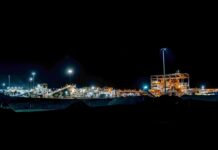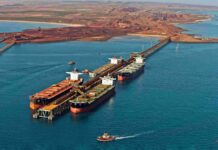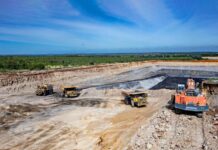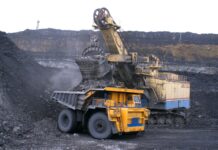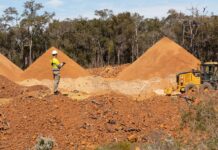Rio Tinto continues to improve in Q2
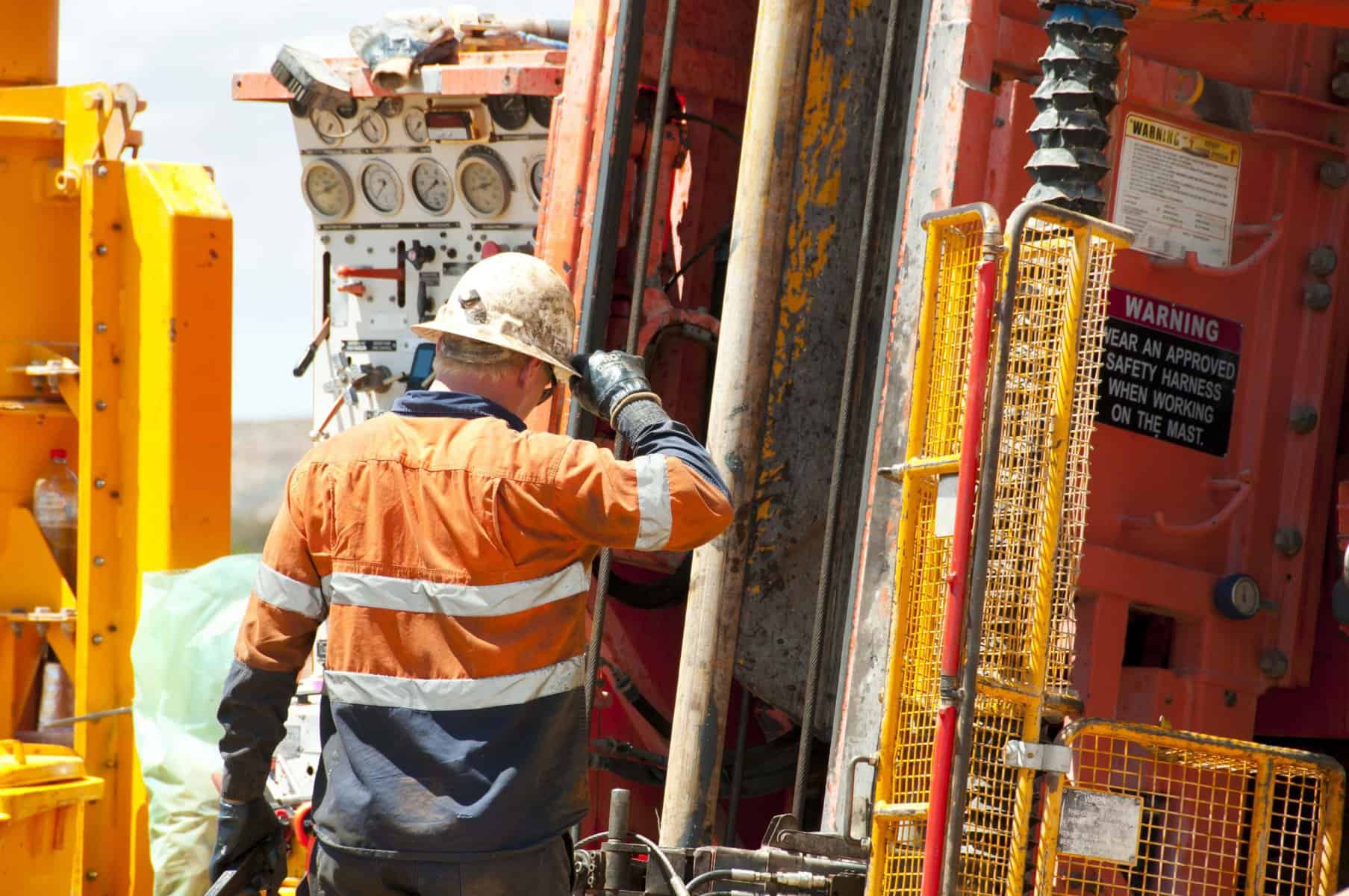
Rio Tinto (ASX: RIO) has released its Q2 production results, emphasising significant upgrades to safety and operations.
The report highlights investments in HSE, the energy transition and decarbonisation. Rio Tinto also reported improving iron ore production in the Pilbara for Q2, with 79.5mt produced, up 2% from Q1 of 2024.
Safety
Rio Tinto chief executive Jakob Stausholm says the company’s operational performance is continuing to progress.
“While there are still significant improvements ahead, we are beginning to see a step-change in production, including from our Queensland bauxite business following the roll-out of the Safe Production System (SPS),” he said.
The company saw an injury frequency rate of 0.32 for Q2, compared to 0.37 in Q1 of 2024 and 0.38 for the same period in 2023.
Rio Tinto has been able to improve production following the implementation of SPS, especially at Weipa where Rio Tinto achieved higher plant utilisation and feed rates. Q2 bauxite production of 14.7mt was 10% higher than Q1 of 2024 and 9% higher than Q2 of 2023.
Energy transition
Rio Tinto also continued its disciplined approach to developing materials critical to the energy transition this quarter.
“Construction of the Simandou high grade iron ore project in Guinea is advancing at pace, the ramp up of the Oyu Tolgoi underground is on track and we are set to achieve first production from the Rincon starter plant by the end of the year,” said Mr Stausholm.
The Oyu Tolgoi copper mine saw a 23% increase in production from Q2 of 2023 thanks to the ramp up. Oyu Tolgoi delivered a copper head grade of 2.02% and an overall copper head grade of 0.61% compared to 1.67% and 0.55% respectively in Q1 of 2024.
Rio Tinto produced 171,000t of mined copper this quarter, 10% higher than Q1 of 2024 and 18% higher than Q2 of 2023.
Rio Tinto expects to continue committing to energy transition as as all conditions are now satisfied for Rio Tinto’s investment to develop the Simandou high-grade iron ore deposit in Guinea.
Decarbonisation
“We continue to prioritise the decarbonisation of our business, announcing the installation of carbon free aluminium smelting cells using ELYSIS technology at our Arvida smelter in Quebec and an investment in a R&D facility to test our low-carbon ironmaking process, BioIron, in WA,” said Mr Stausholm.
“We also signed 20-year electricity arrangements backed by renewable electricity to secure the future of the Tiwai Point aluminium smelter in New Zealand.”
NZAS will be 100% owned by Rio Tinto upon its acquisition of Sumitomo Chemical Company Limited’s (SCC’s) 20.64% interest in NZAS.






